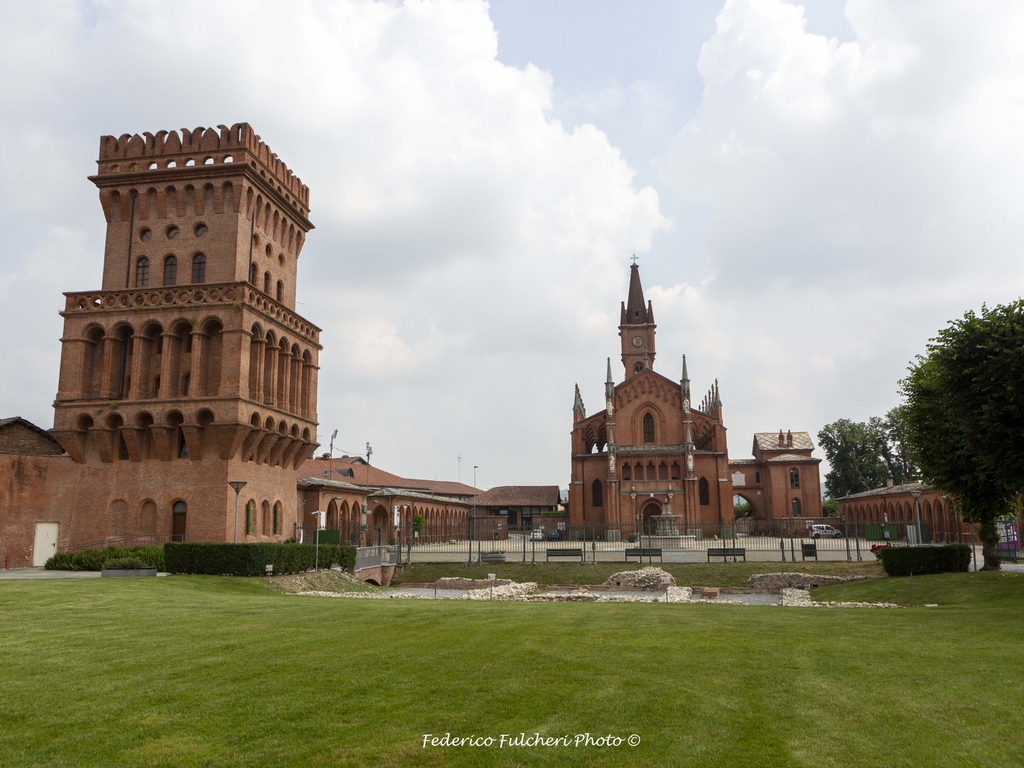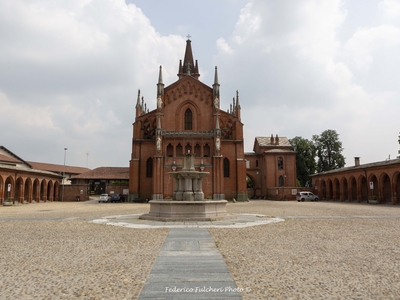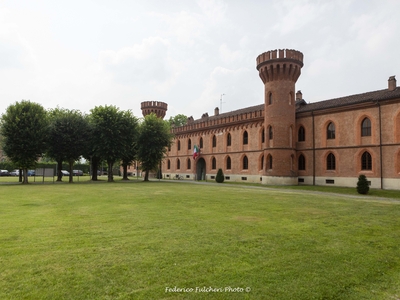Although there is no definite data on its exact foundation of the town of Pollenzo, important archaeological excavations and subsequent studies carried out between the second half of the 13th century and the first years of the 14th date its foundation to between 179 and 170 BC, making it the oldest colony in the area, preceding Alba Pompeia and Augusta Bagiennorum.
Founded as a fortified city for military purposes (oppidum), it was cited as a strategic junction for Augusta Taurinorum (present-day Turin), for the Alpine passes and for the Ligurian coast, and therefore had a great urban development between the 1st century BC and the 2nd century AD. Unfortunately, however, following the famous battle of 402 between the Romans of Stilicone and the Goths of Alarico, Pollentia went into a sad decline that saw a progressive depopulation in favour of the neighbouring highlands. The Longobard domination of the 7th century also contributed to this decline.
At the end of the 10th century, a succession of families and dynasties began to follow one another, leading to clashes and bitter disputes: among them, the destruction of the city of Asti in 1292, the passage to the municipality of Bra, which took care of its reconstruction, and the dominions of the Visconti and Sforza families, until the arrival of the Savoia in 1762.
In the first half of the 19th century King Carlo Alberto initiated an ambitious redevelopment project that saw the renovation of the castle, the building of numerous farmsteads and the creation of the 'Agenzia', which was to become a centre for agricultural and oenological experimentation. Of great importance were therefore all the land reclamation and geological-forestry reorganisation works, as well as the great archaeological excavation campaign aimed at recovering ancient Roman sites.
The neo-Gothic Carloalbertina Agency, built in 1833 to a design by Melano and Pelagi, boasted works by the painter Bellosio and the cabinetmaker Moncalvo and thus acquired considerable prestige, a prestige that was lost in the following years. It was only at the end of the 1990s that, in conjunction with the development of the Slow Food movement, the complex regained life and prestige: in 1999 the Agenzia di Pollenzo S.p.a., led by Slow food, began the major renovation and creation of the University of Gastronomic Sciences, the Wine Bank and the Albergo dell'Agenzia, with its restaurant.
Near the Agenzia's estate, the Royal Castle, a Savoia residence recognised by UNESCO as a World Heritage Site, and the Church of San Vittore Martire are worth a visit.


